Subscribe to the Newsletter
If you are interested in understanding how Traditional Chinese Medicine can improve your life sign up to my newsletter for the latest updates.
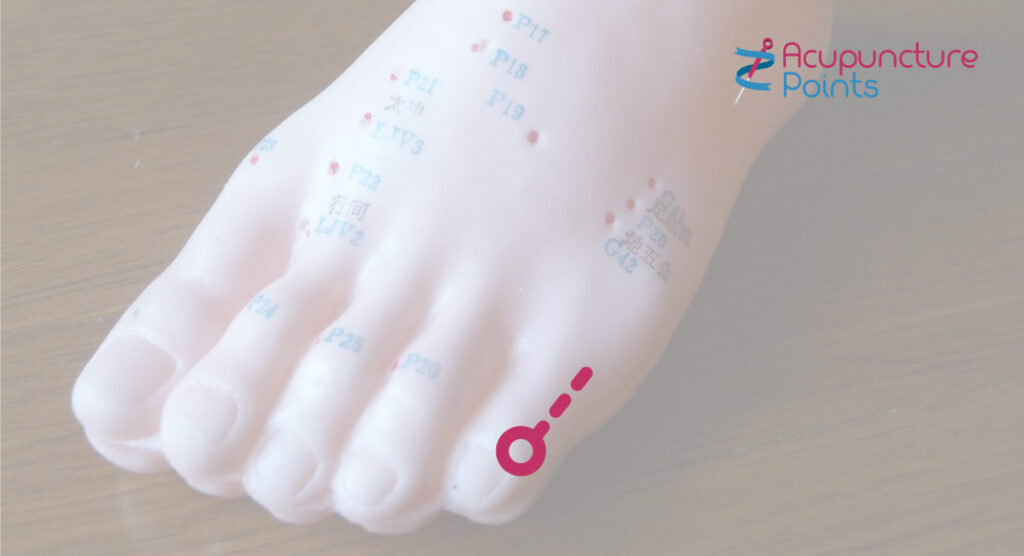
Key Learning Points
Bladder point 67 is an acupuncture point on the small toe. In Chinese medicine it’s very useful:
By the way! If you find this page useful, or would like to contribute to it you can leave your comments near the very foot of the page in the box there.
On the dorsal (upper) surface of the small toe (the fifth toe, digitus minimus) lateral and proximal to the nail.
The usual way of locating Bladder point 67 is to draw lines along the lateral border of the toenail and along the base of the toenail. Where they meet is the point.
However, people’s toes vary, and as you age, your toenail can change along with the shape of your toe. Often the point is about 0.1 cun proximal to the lateral corner at the base of the nail.
And sometimes it’s somewhere else! Best tip? With a sharp finger nail, press gently into the area where you expect the point to be and round about it, and when there is soreness (or the most soreness), mark the point by making a cross in the skin with your finger nail.
Bladder Point 67 can be needled, bled, pressed and moxa‘ed. (Moxa is short for ‘moxibustion‘.) However, it can be sore, especially in healthy young people. If so when needling it, use a very thin needle and press the area with your fingernail adjacent to the point (to provide a counter sensation), as you needle it.
When using a moxa stick, don’t hold it steadily over the point but pass it back and forth over the point. If using moxa cones, use small ones and replace them rapidly. For many people sensations at this point are attenuated either by skin thickness or age. Holding a moxa stick over the point can lead to a burn before the patient reports a burning sensation.
0.1cun to 0.2cun either obliquely upwards, or vertically. Insert swiftly! The skin may be thick and the nerves on its surface less effective, but most people have nerves underneath, which may feel the needle perfectly clearly.
Local sensation and pain. Yes: there’s really no other way to describe it: this point does hurt a bit!
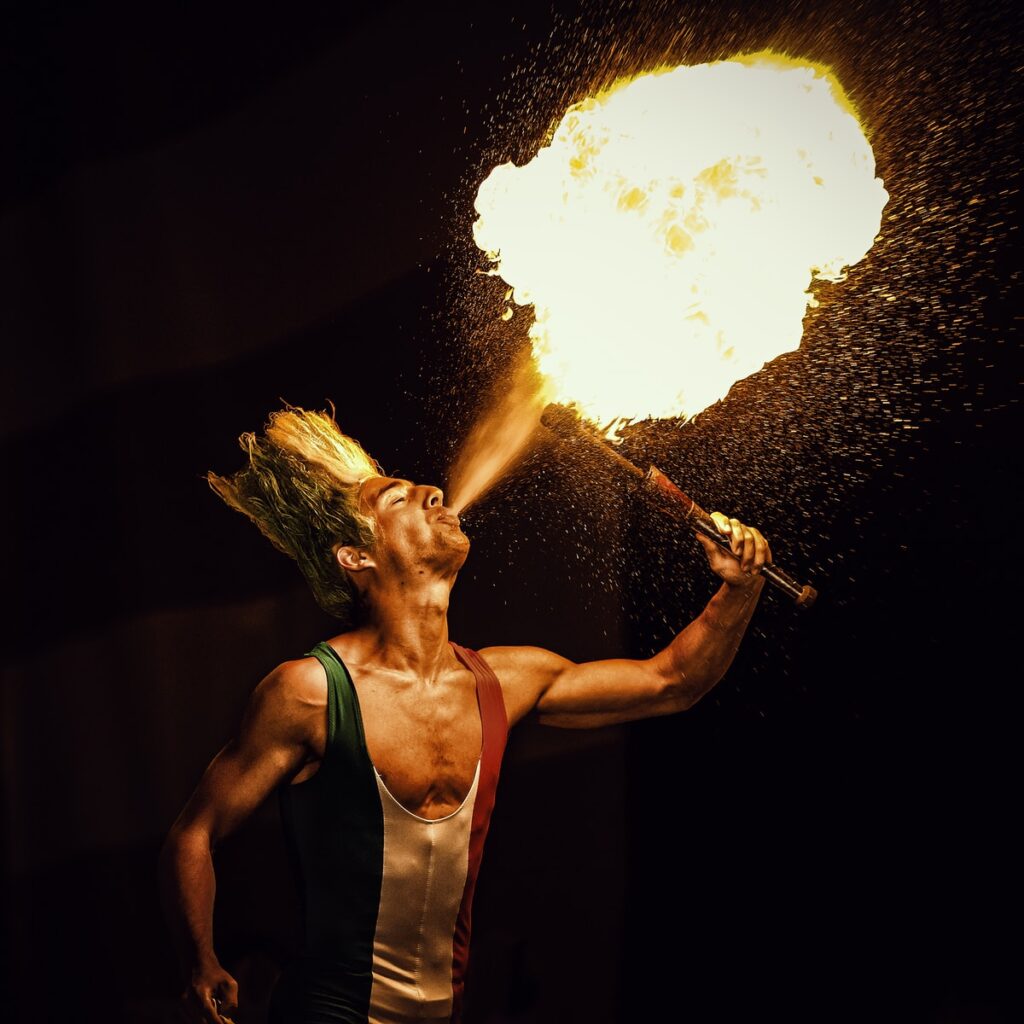
Tell your patient to take a deep breath and exhale strongly as the needle is inserted.
He or she may wish to exclaim vigorously too: a good strong swear-word is a proven way to dissipate pain! (Why? Because acute pain occurs, according to Chinese medicine, when Qi is unable to move, so builds up and stagnates. Swearing vigorously moves Qi, so dissipates the stagnation, reducing the pain. Read more about this and other ways to deal with pain under Qi stagnation.)
Actually, it’s not that bad and the benefits can be great – think of that!
Acupuncturists have been using Zhiyin for at least 2000 years so they’ve had time to build up quite a bit of theory, not to say experience.
To understand the action of Bladder Point 67, think first of where it is.
Points towards one end of a meridian often strongly affect the area at the other end of the meridian. If so, you would expect this point to affect the head, forehead, eyes and the area around them.
So … the point clears the head and the eyes of energy trapped there, including Wind.
So it helps to clear
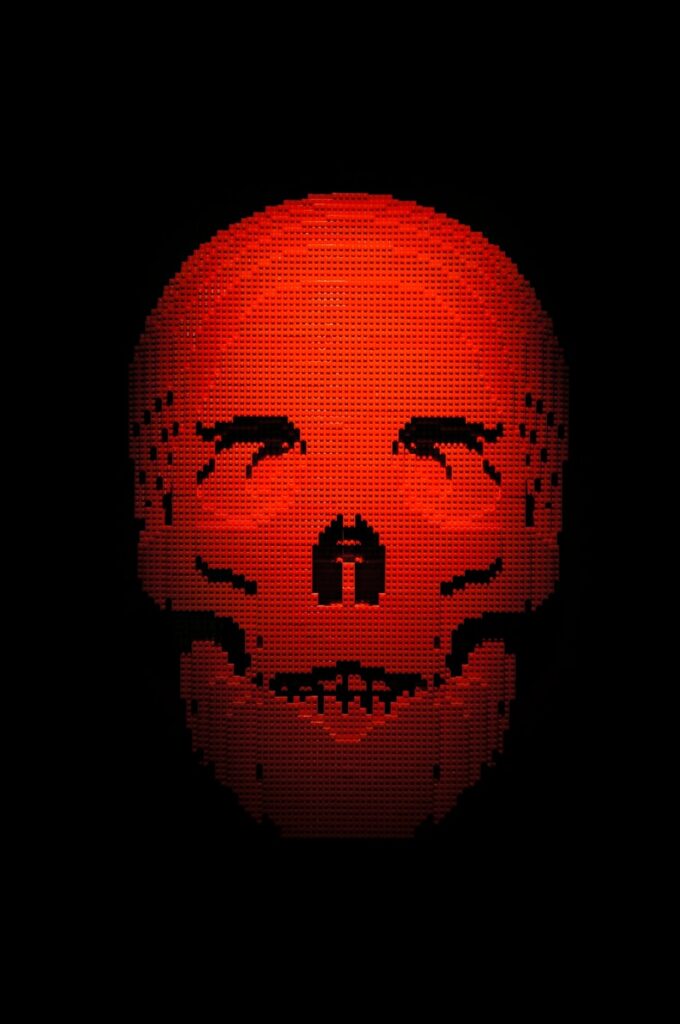
Here it is not so much acting to tonify but to clear and descend excess yang and qi in the area due to acute rather than chronic pathogenic factors.
If used to clear exterior pathogenic factors one would expect the pulse to be superficial. But even if there is no exterior pathogenic factor at work but the pulses are still very superficial, use of this point can take energy (and the pulses) deeper towards normality.
So it can be a useful point for traumatic injuries at the vertex. The top of the body, the Head, is at the Yang extreme of the body and this point is excellent for problems there.
Another very Yang area of the body is the skin and indeed, this point is excellent for burns and scalds, and itching of the whole body.
One more thing! Your head is yang and this point’s name – zhiyin – is Utmost or Extreme yin, another way of understanding its action in counteracting excess yang at the top!
Bladder Point 67 lies on the Bladder channel and is the Exit point of the meridian, its Jing-Well point and its tonification point. So it can help many problems associated with the meridian itself and the areas it passes over. The Kidney meridian lies next in line after it in the movement of Qi through the 24 hour clock. So this point takes Qi from the yang Bladder channel to the yin Kidney channel.
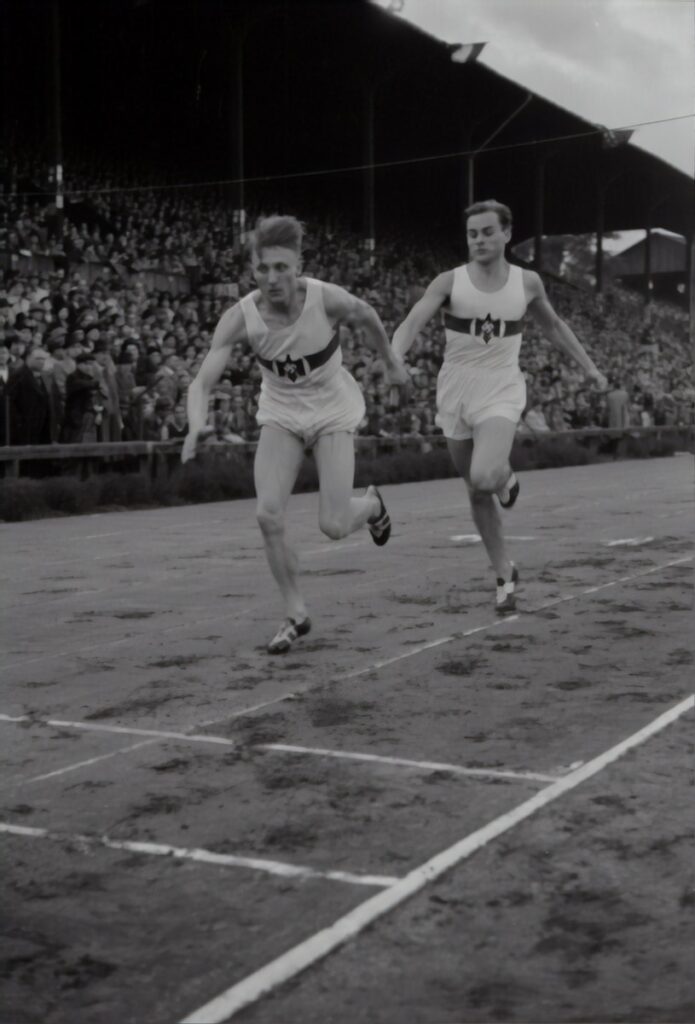
For example, it helps many problems associated with Kidney qi: hearing and deafness, tinnitus and ear problems; back and lumbar pain (though one might expect it to be more effective in upper back pain than lower back pain); urinary problems such as difficulty urinating, or pain when urinating, seminal emissions and problems such as cystitis. All these conditions are often indications of Bladder or Kidney zangfu syndromes, and if so, they can usually be helped with Chinese medicine and acupuncture.
Here the point is acting both to tonify the meridian (‘tonify’ is probably not quite the right way of explaining its action: what it does is help to move qi along the channel) and regulate symptoms lying along its path. However, in practice, it must be said, this is not the first point I would think of when treating acute dysuria (pain peeing).
Because this Zhiyin point is the Exit point on the Bladder channel, from where Qi transfers to the first point or Entry point on the Kidney channel, you could say this is the first point on the Kidney channel.
The Kidney channel covers many other problems including yin deficiency heat and sweating, pain or heat in the soles of the foot, cramps and spasms, knee problems, and Kidney yang problems such as over-cooling in malaria with lack of sweating.
Here its action seems to be regulating Kidney Qi and some tonifying. In relation to this, the point is sometimes used to correct endocrine gland imbalances.
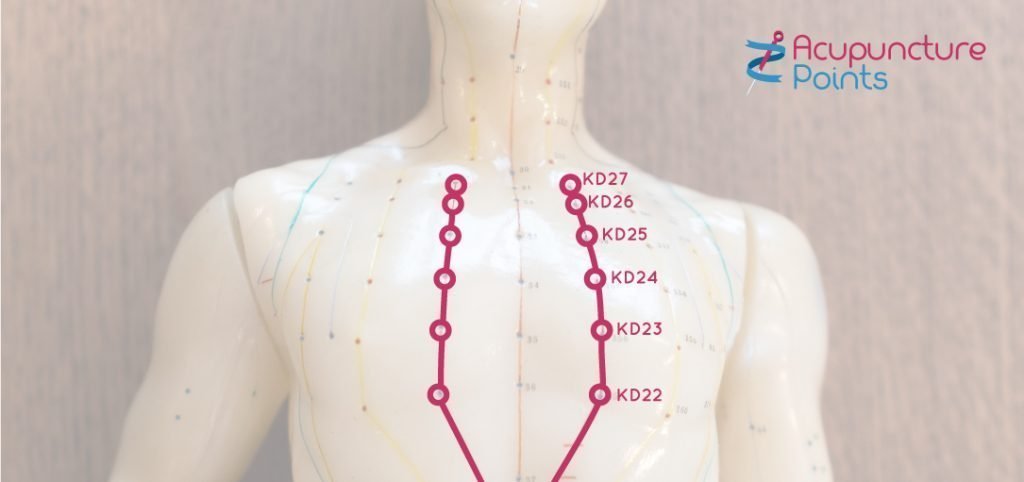
The Kidney channel (of which this point may, along with Kidney point 1, be said to be the beginning) ends in the chest, and this point helps pain in the chest and sides of the chest, and turbulence, agitation and anxiety of the Heart.
Bladder Point 67 is also a special point for breast problems, along with other points mainly on the Spleen and Gallbladder meridians.
Here it is acting so as to descend excess.
Now think of its name – zhiyin – ‘ Extremity of Yin’ or ‘Reaching Yin‘. (Lots of ways of translating it.)
From a mother’s point of view, as the foetus in her womb grows, it becomes an increasing impediment to movement, energy and comfort.
In other words it is a large lump of Yin, growing steadily over nine months. The mother’s body, particularly her Kidney Qi, Jing-essence and Blood go to form the baby. In health, of course, the baby eventually presents head down facing the right way and proceeds through the birth canal at the appropriate time.
However, all that Yin takes Yang to make – the mother’s Yang; so not surprisingly she gets tired – she’s at the limit of her endurance: she’s completely fed up with it all! (Mums! For a little inspiration about what you and your body are doing as you create something from almost nothing, read our page on Qi Deficiency.)
And eventually, the Yin lump has to start moving itself, first in positioning itself and then moving – in other words the Yin lump becomes more Yang. (After birth of course, all being well, the lump is very definitely Yang, not least in exercising its lungs and demanding attention.)
But if that lump of Yin fails to develop Yang qualities, this point’s name shows its purpose. Under the rules of yin and yang, when yin reaches its maximum it becomes yang, and vice versa. Treating this point with Yang energy, moxa, stimulates the ‘lump’ to get a move on: to turn, to push.
So …
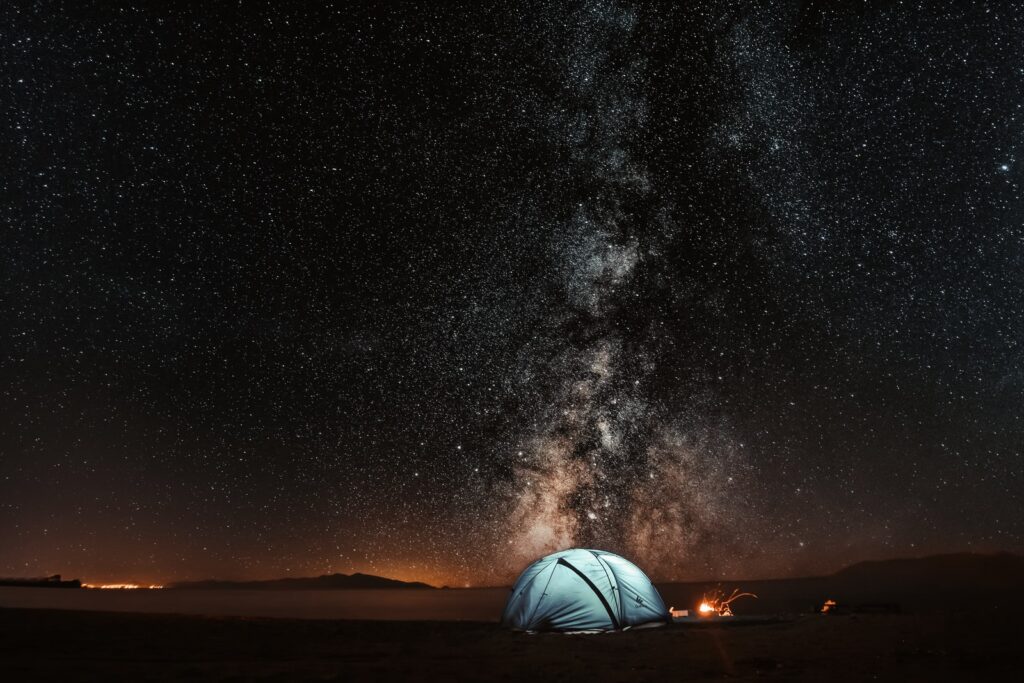
What then, for breech presentation of the foetus as birth-time approaches?
From about 34 weeks, if there is mal-position – such as breech presentation – of the foetus, start using moxa over this point (ie moxibustion breech treatment) – the mother or her partner can do this when shown how, until the baby has turned. (Then stop, otherwise, it may continue spinning like a top and end up where it started!)
Shown how? Get an acupuncturist to show you, and read up our page on moxibustion before starting. Take care! It’s all too easy for hot ashes to burn or set clothing alight.
Then perhaps, from a distance of 2 cms, wave the end of a burning moxa stick over Bladder 67 for ten seconds on one foot, then ten seconds on the other foot, and back and forth. Do it for less time if mum-to-be complains of heat earlier. Keep this up for no more than a minute altogether (3×10 seconds each side.) Repeat twice a day until you are sure the baby is moving. Then, as I said, STOP!
Err on the side of caution, meaning do it for less than 10 seconds each side, at least to start with!
‘Sspinning babies point’ suggests that baby turns in the blink of an eye. This is an exaggeration!
But … you may be surprised how fast moxa on Bladder 67 can start the turning process. Lots of mums say it happens within a few hours, often minutes.
Equally, too much moxa for a mother whose Spleen Yang energy is very weak just might promote labour too early. So take care and take advice!
In general it’s regarded as being very safe but in a mother who is disturbed, very anxious or exhausted, it is perhaps better if done by someone else or, much better, her acupuncturist. Not least this is so her acupuncturist can do other things to calm the mum’s mind and help her energy at the same time as using Bladder 67.
Zhiyin could be used for this, but there are other points I’d use first, such as Large Intestine 4 hegu and Spleen 6 sanyinjiao. Both also ‘descend’ energy so should not usually be used during pregnancy.
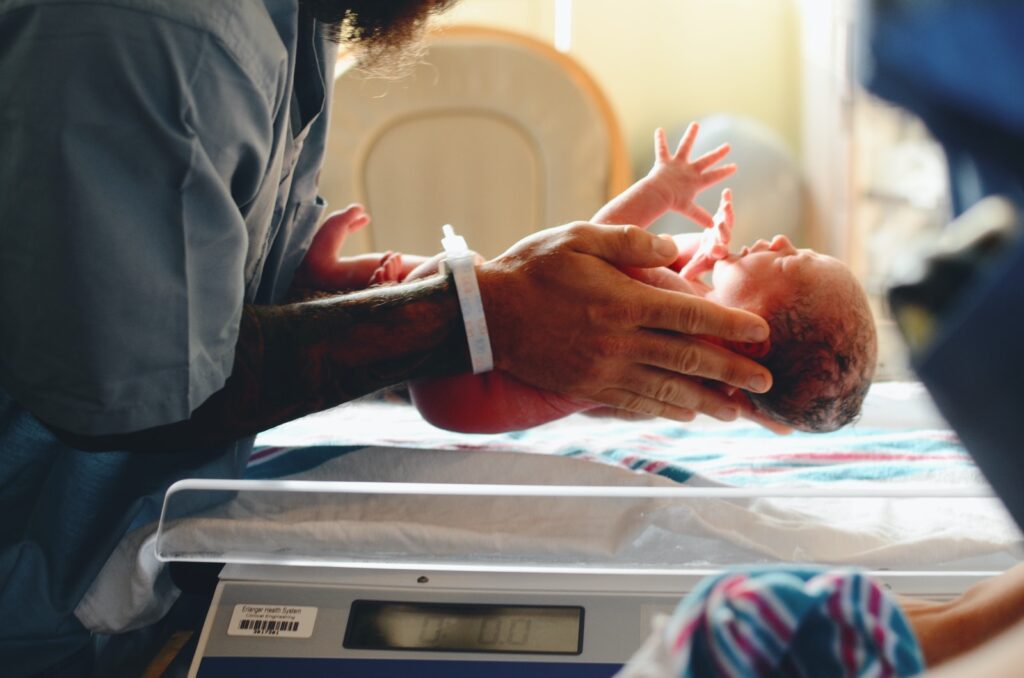
Along with other points, Bladder point 67 is renowned for being able to induce labour. Usually for this purpose both acupuncture and moxa may be used, depending on how warm the mother feels.
When used for inducing labour, Bladder Point 67 stimulates the uterus and its contents. Used with other energy points, such as Stomach 36 (Zusanli), Spleen 6 (Sanyinjiao) and Large Intestine 4 (Hegu), it can help birth proceed.
How much moxa to use for this? Moxa stick for at least five minutes every hour (but be careful not to burn the skin) and acupuncture that stimulates the point. However, as with all acupuncture, it is sensible to adjust treatments according to the overall symptom picture of the mother, including her pulses and tongue.
Also, there are other, more powerful points, mostly less sore, for inducing labour which I’d use first.
However, do bear in mind that if the pregnancy has gone well, the baby seems OK in the womb and the Mum isn’t too uncomfortable, what’s the hurry?! Just because doctors think the pregnancy is longer than average so should be terminated for that reason, it doesn’t mean Mum has to agree!
Also, although Mum wants the pleasure of having the baby, actually feeding, cleaning bottoms and clothing her baby is a lot of work and involves quite a lot of insomnia, hence exhaustion.
While in the womb, it’s all taken care of!
Then, normally, when Mum’s body and the baby agree, you get a normal birth and a healthy baby.
Whereas terminating the pregnancy earlier than when all is ready can be a bit of a shock for both of them.
Just saying!
Used as for labour when the placenta fails to appear: moxa and acupuncture. Other points will probably be needed.
Other pages you may like:

Stay in Touch!
No spam, only notifications about new articles and updates.

Book a Video consultation if you want to know more about your symptoms

Why You get Nervous Stomach Anxiety and How to Handle It. Acupuncture has great ways to help.
Subscribe to the Newsletter
If you are interested in understanding how Traditional Chinese Medicine can improve your life sign up to my newsletter for the latest updates.
Subscribe to the Newsletter
If you are interested in understanding how Traditional Chinese Medicine can improve your life sign up to my newsletter for the latest updates.